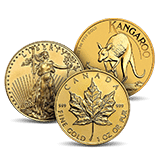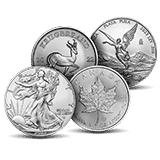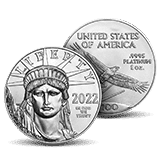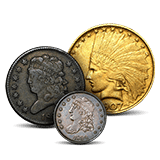
Straits Settlement coins are a fascinating reflection of the colonial and economic dynamics of Southeast Asia from the late 18th century to the mid-20th century. These coins were issued for the Straits Settlements, a group of British territories that included Penang, Singapore, Malacca, and later Labuan.
Their issuance signified imperial authority, enabled regional integration, and documented changing governance through their designs.
Historical Background and Governance
The Straits Settlements emerged in the early 19th century from a series of strategic British acquisitions designed to secure maritime trade routes and regional influence. Penang was established first in 1786, followed by Singapore in 1819, and Malacca, which was ceded under the Anglo-Dutch Treaty of 1824. Labuan was added in 1846, and the lesser-known Dindings in 1874.
Under the East India Company, the Settlements were administered from India and served as penal colonies. Governance transferred to the British Colonial Office in 1867, establishing a formal constitution, a Governor, and executive and legislative councils. Local administrations included resident councilors in Penang and Malacca as well as a British civil service overseeing the Settlements and the Federated Malay States.
Issuance and Circulation
The first Straits Settlements coins were struck in 1826 with rupee denominations. However, Spanish and Mexican silver dollars remained in use because of their dominance in regional trade. When the British government took over the Indian administration in 1858, the issuance of coins became more formalized, though Indian and foreign silver continued to circulate.
Later, in 1867, after the Crown Colony designation, new coinage was issued, including 1/4, 1/2, 1, 5, 10, 20, and 50 cents, as well as a 1-dollar denomination. The coins were designed by Royal Mint Chief Engraver William Wyon and struck at Kolkata (Calcutta) and Madras Mints. This system was modeled on the Spanish dollar standard and helped establish a cohesive and trustworthy regional currency.
The Straits Dollar
In 1898, the Straits dollar became the official currency. It was legal tender in the Settlements and throughout the Malay States, Sarawak, Brunei, and British North Borneo. This was part of a broader effort to replace foreign silver dollars and private banknotes. In 1906, the Straits dollar was pegged to two shillings and four pence sterling, providing monetary stability. Rising silver prices led to the introduction of lower-silver-content coins in 1907 to discourage hoarding.
Coin withdrawals began gradually with 1/4 cent coins in 1916, 50 cent pieces in 1921, and silver dollars in 1926. By 1939 the Malayan dollar replaced the Straits dollar.
World War II and Japanese Occupation
The Japanese invasion during World War II (1941–1942) led to the collapse of the Straits Settlements’ administrative and monetary systems. Japanese-issued currency replaced local coins until the war’s end in 1945. Afterward, Straits Settlement coins briefly re-entered circulation in Malaya, Singapore, and Borneo before being phased out.
Designs and Composition of Straits Settlement Coins
Design of Straits Settlements Coins
Obverse
Straits Settlement coins featured monarchs such as Queen Victoria, Edward VII, and George V on the obverse in a crowned portrait with their name and title inscribed around the rim.
Reverse
The reverse displayed denominations within wreaths or beaded circles, surrounded by the name of the nation, the written denomination, and date of issue. Inscriptions appeared in English, occasionally accompanied by Malay in Jawi script to accommodate the region’s multilingual population.
Composition
- Bronze: 1/4, 1/2, and 1 cent
- .800 Silver: 5, 10, 20, 50 cents, and 1 dollar
Were Straits Settlement Coins Valuable?
Straits coins provided stability that supported trade, attracted investment, and integrated the regional economy into the broader British Empire. Revenue in the colony grew from $1.3 million in 1868 to $9.5 million by 1906, driven by import duties, licenses, and infrastructure development.
Controversies and Public Perception
In 1906, an incident in Calgary, Canada, witnessed merchants accepting Straits Settlement coins at face value while banks refused them, creating confusion and highlighting the risks of foreign currency use. This, along with silver price volatility and legal tender debates, illustrated the complexities of colonial-era monetary systems.
From early rupee-denominated issues to the Crown Colony system, the legacy of Straits Settlement coins endures in scholarly study and collector enthusiasm, offering insight into the British imperial presence in Southeast Asia. These coins appeal to collectors worldwide and their numismatic value continues to rise with increasing global interest.




